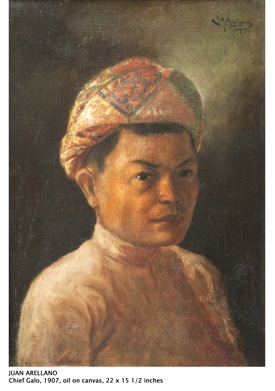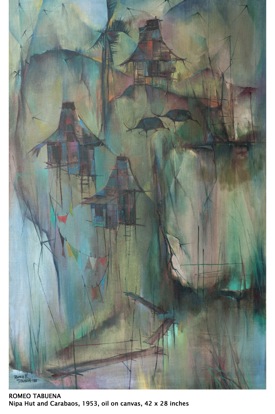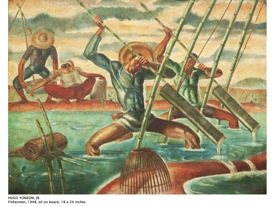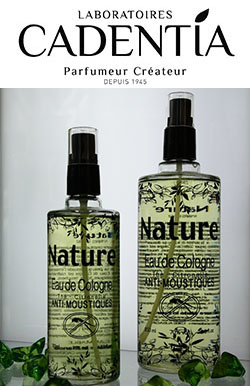Thanks to our friend, Hetty, for inviting us to come over and see the exhibit of her husband, Paulino! We remember very well many years ago when we visited his home to see his beautiful collection or art and antiques! And now this beautiful exhibit! You cannot imagine the value of the paintings – both its financial worth and the worth of its history and beauty!!!! This in itself is an accomplishment and a legacy of Paulino to Philippine Art and for our country.
You will have to be there to believe it and see the actual paintings. I am featuring all 80 works ( which is probably not even half his collection ) of art but it is still different to actually view them yourself. I would say this is a once in a lifetime opportunity to view this collection and as Vita, the owner of Finale Gallery, told me, she said that she is happy that it is Paulino who owns these works of art because he is very generous in lending his paintings for others to see and appreciate in a public setting. So do come over as it is still showing til the end of the month.
And this Saturday, March 20, Learn more about the early Filipino Moderns with Juvenal Sanso, Mark Justiniani and Patrick Flores at 4:00 pm at the gallery.
These are the broad strokes of the sequence of modernism that the Que corpus embodies that complement those earlier mentioned: second-wave stalwarts Anita Magsaysay-Ho,
Nena Saguil,
Manuel Rodriguez,
Ricarte Puruganan,
and Ang Kiukok;
the neorealist originals H. R. Ocampo,
Vicente Manansala,
Cesar Legaspi,
Romeo Tabuena,
Ramon Estella,
and Victor Oteyza;
the Filipino émigré artists Venancio Igarta
and Macario Vitalis;
and the harbingers of abstraction Fernando Zóbel,
Arturo Luz,
Constancio Bernardo,
Jose Joya,
Lee Aguinaldo,
Federico Aguilar Alcuaz,
and J. Elizalde Navarro.
When probed more keenly, it would reveal idiosyncrasies, too: the surrealism of the early Juvenal Sanso,
the unique imagery of Alfonso Ossorio,
and the lesser- known attempts of sensitive, sensible practitioners like Lyd Arguilla,
Cenon Rivera,
Jesus Ayco,
Jose Pardo,
Hugo Yonzon, Jr.,
Rod. Paras-Perez,
Rodolfo Ragodon,
and Helen Guerrero Roces.
The afterglow of the neorealist flare may also be discerned in the folksy aspirations of Mauro Malang Santos.
Finally, we may want to ask about the delineation of time: Why posit the fifties as the height and limit of modernism? It may be argued that this decade signifies the defining moment of the tendency: the First Neo-Realist Art Exhibition in 1950, the First Exhibition of Non-Objective Art in 1953, the walk-out of the conservatives at Art Association of the Philippines (AAP) salon in 1955, the replacement of the conservative/modern categories at the APP with “contemporary Philippine painting” a year later, and the First Southeast Asian exhibition held in Manila in 1957. It may also be proposed that the fifties was witness to the incipient expression and later the fullness of the modern tradition, before it was to wither in the face of its own institutionalization and, in some instances, its descent into kitsch.
Aside from the art works, this collection also brings to light the significance of the Paulino Que collection, which is one of the most indispensable in private auspices and could rival the combined treasures of public institutions of modern art collection such as the National Museum, the Cultural Center of the Philippines, the Ateneo Art Gallery, and the Vargas Museum. Featuring 36 artists and 80 works, it promises to be an event in itself, a rare occasion in which a private collection becomes public discourse as students, scholars, and supporters of Philippine art gain access to it and hopefully engage it with the same discernment that went into its shaping.
The exhibition will run from March 6 to 31, 2010 at Finale Art File, Warehouse 17, La Fuerza Compound, (enter Gate 1), 2241 Pasong Tamo, Makati City. We welcome student tours. Should you request a guided tour, please call us at 813 2310 or email us finale@pldtdsl.net. Admission is free. We are open Monday to Saturday, 10am to 7pm.
[email_link]

























































































How I wish the children and young people in my province will also have the opportunity to see paintings like this, so they’ll be inspired and see life from another perspective.
thanks for posting this! this is one exhibit i really wanted to see. i’ve heard so much about paulino que’s collection it almost seems like urban myth LOL.
thanks for providing the info
Hi! May i ask how can i reach Mr. Paulino Que? Thank you very much!:)
Thank you for sharing this magnificent collection with the Internet public, and presenting it in such a rich historical context. If only more of the many excellent Filipino painters could have their works sampled in this manner, and the website(s) made widely known to Filipinos and those of us from abroad who enjoy such artistic creativity. What a beautiful education I enjoyed today. If you have, or know the location of more detailed information about the works and history of Victor Oteyza, I would be very interested in your help. Again, Thank You.